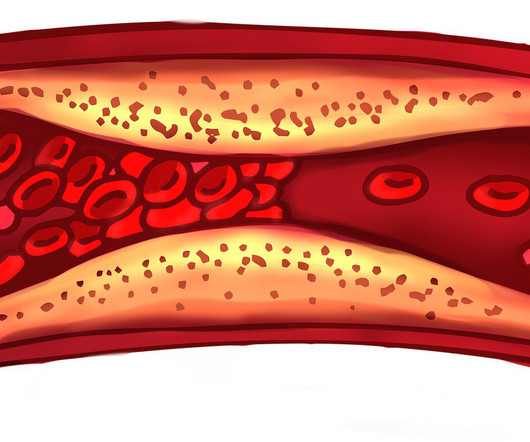Large-bore mechanical thrombectomy yields better outcomes for intermediate-risk pulmonary embolism
Medical Xpress - Cardiology
OCTOBER 30, 2024
Findings from the first international randomized controlled trial to compare patient outcomes following treatment with large-bore mechanical thrombectomy (LBMT) versus catheter-directed thrombolysis (CDT) for intermediate-risk pulmonary embolism (PE) show that LBMT is superior with respect to the hierarchically-tested aggregated outcome of all-cause (..)









































Let's personalize your content